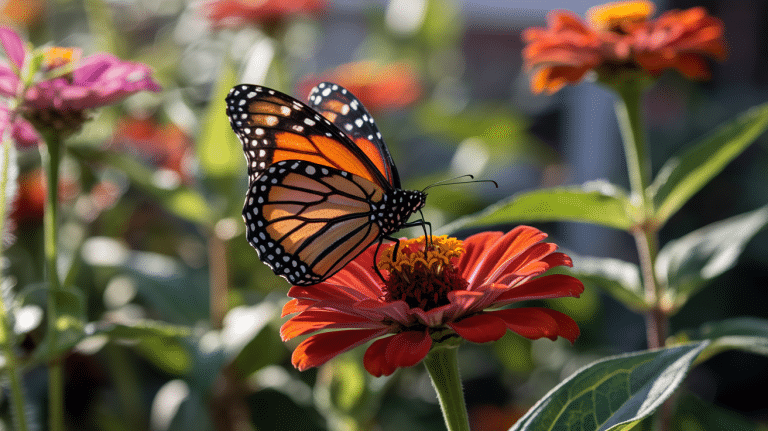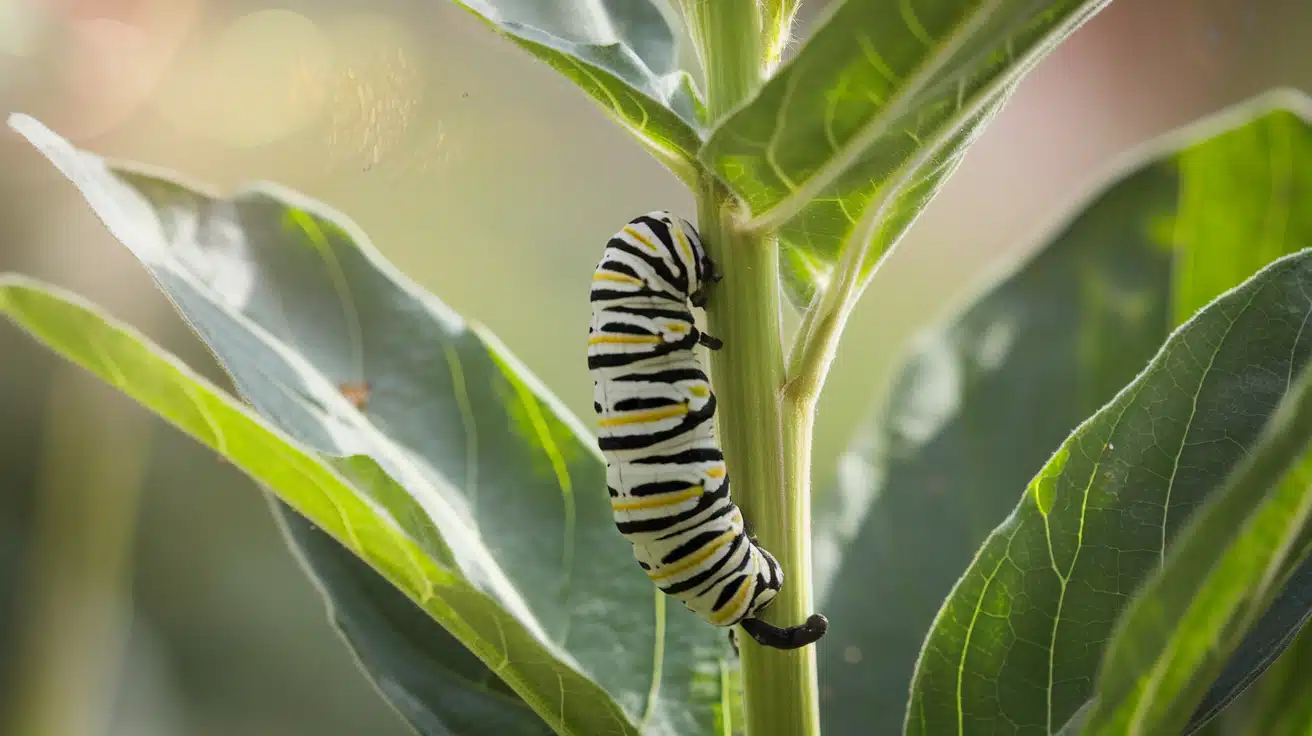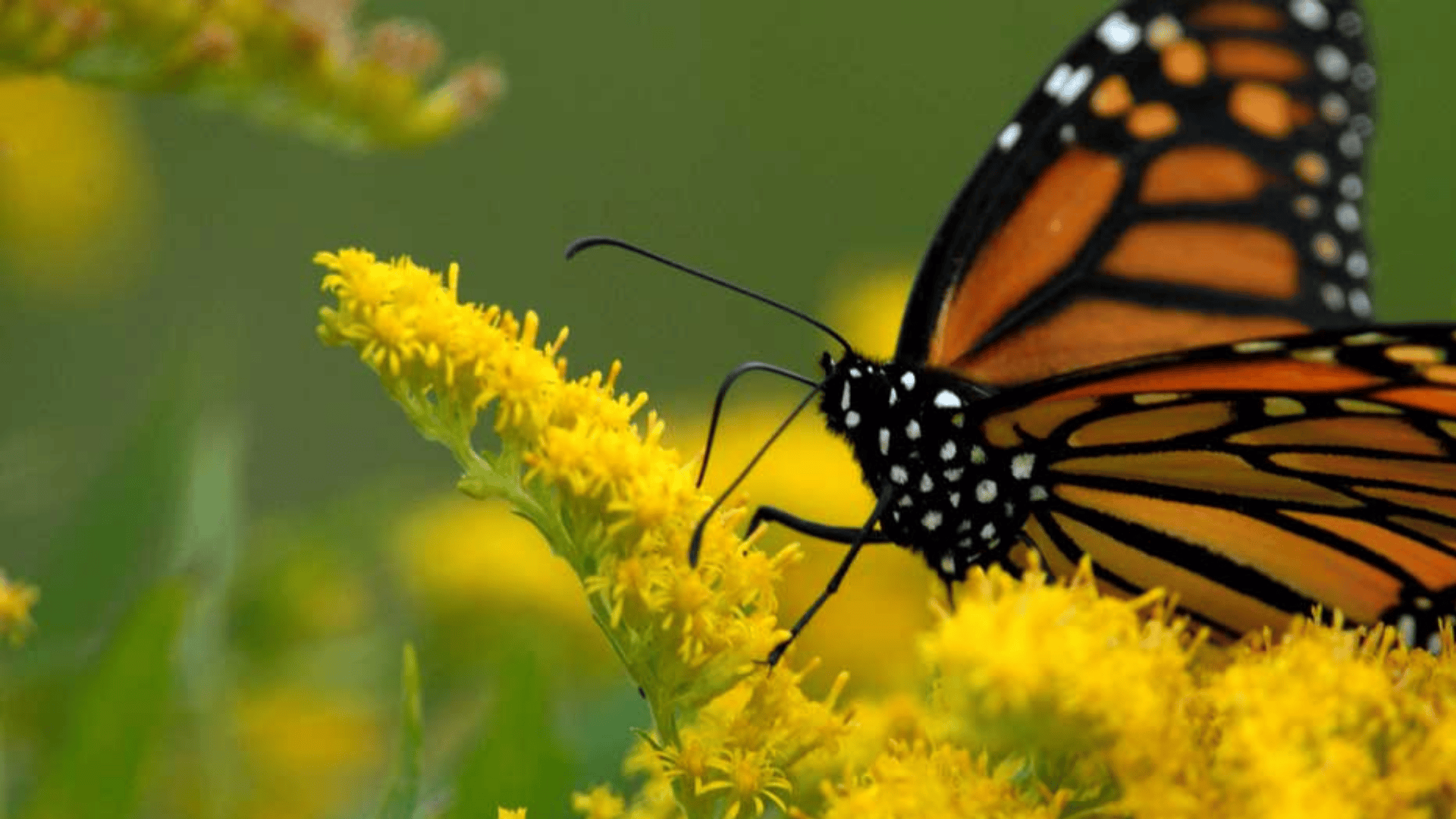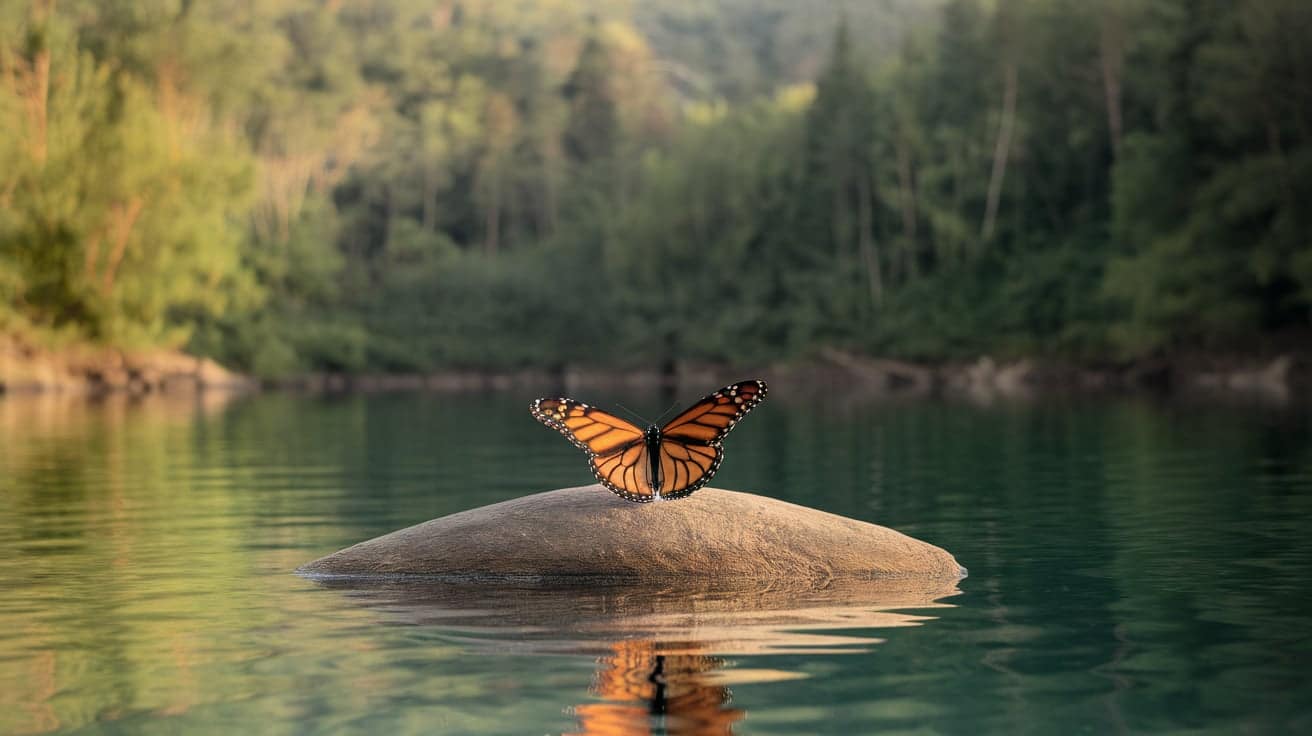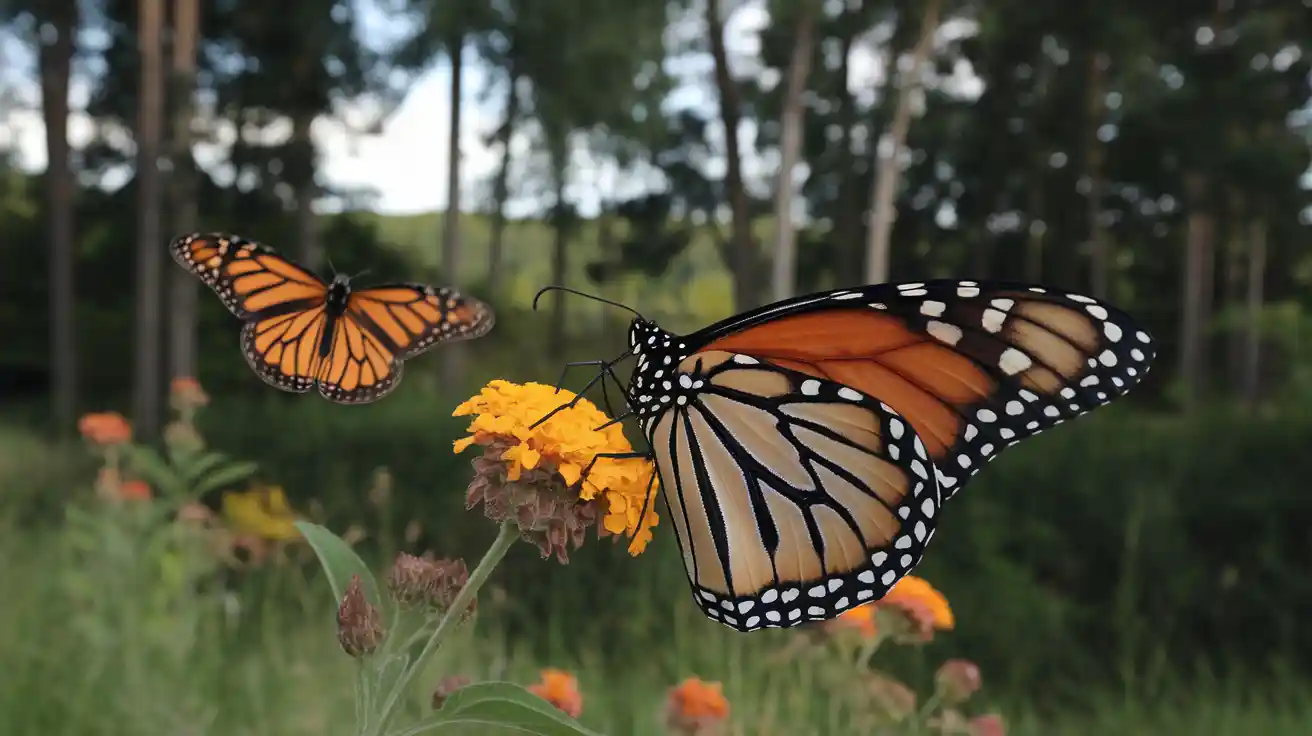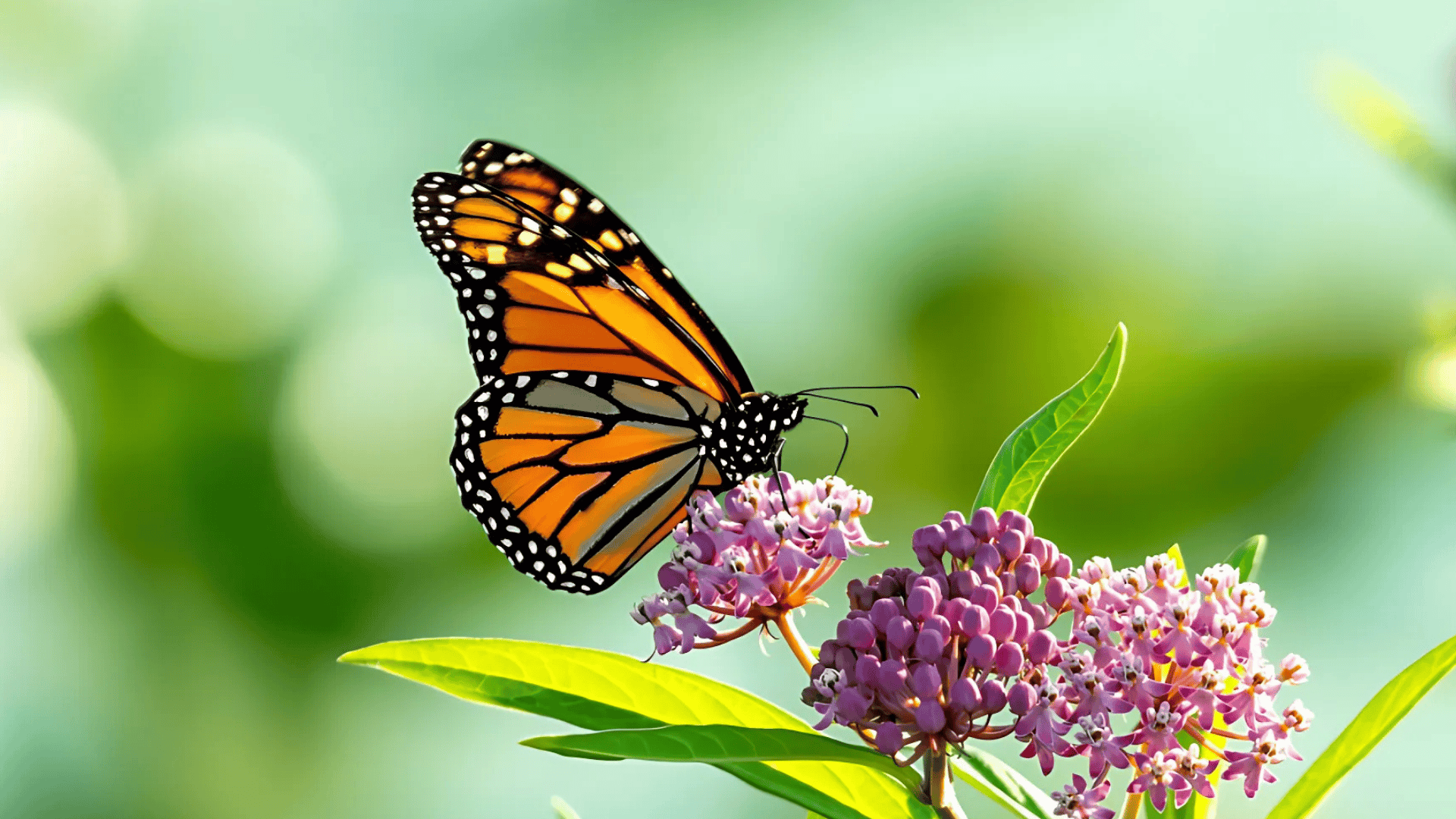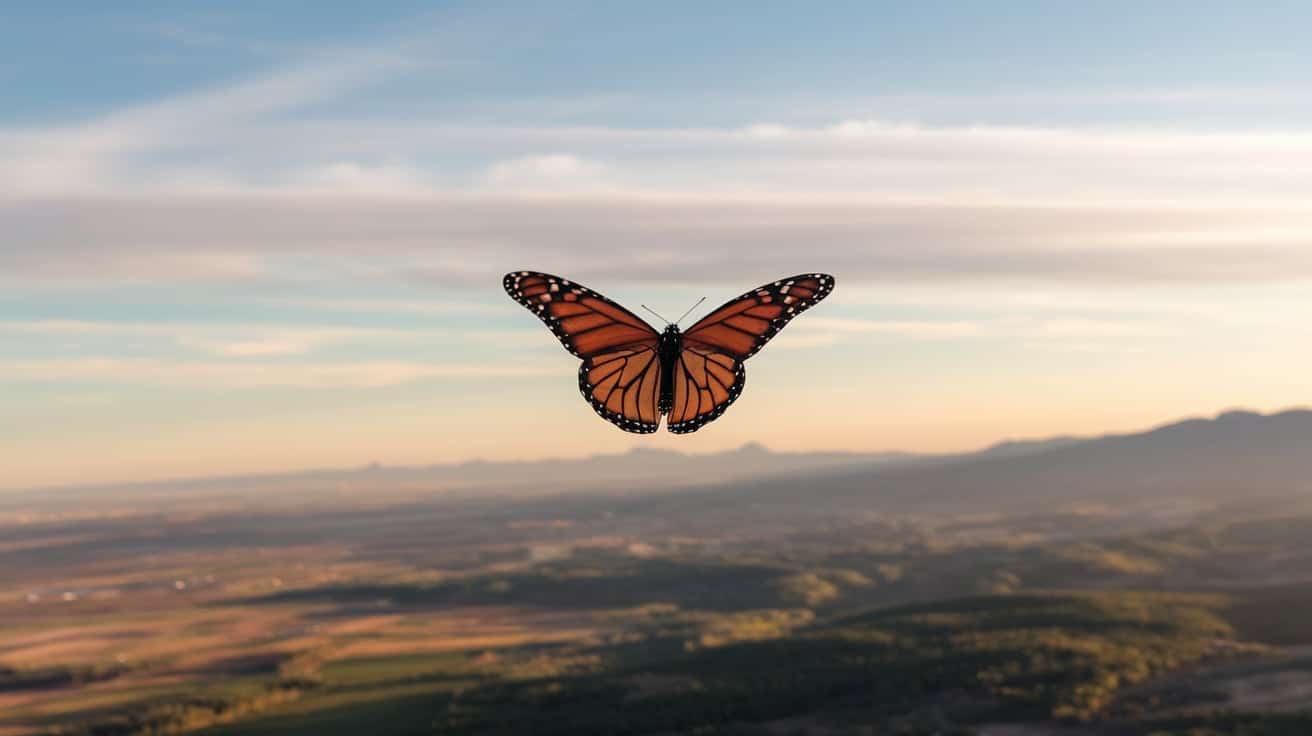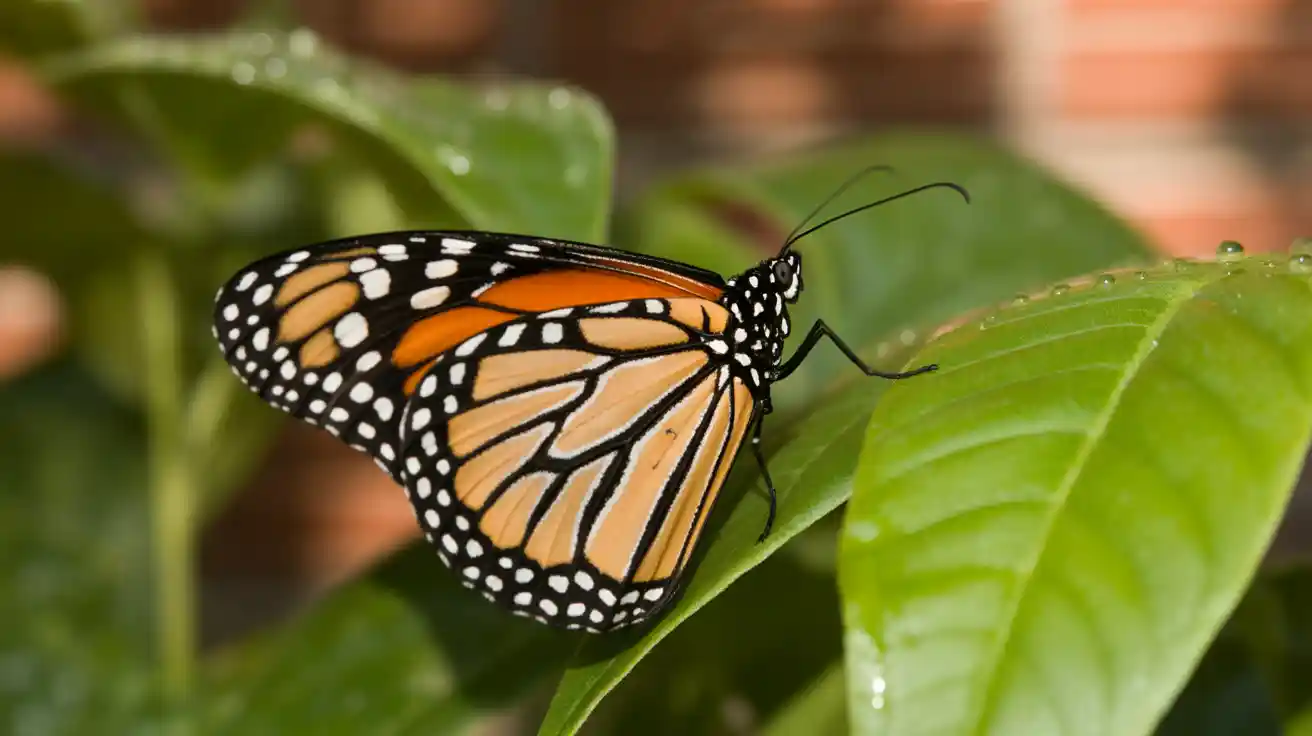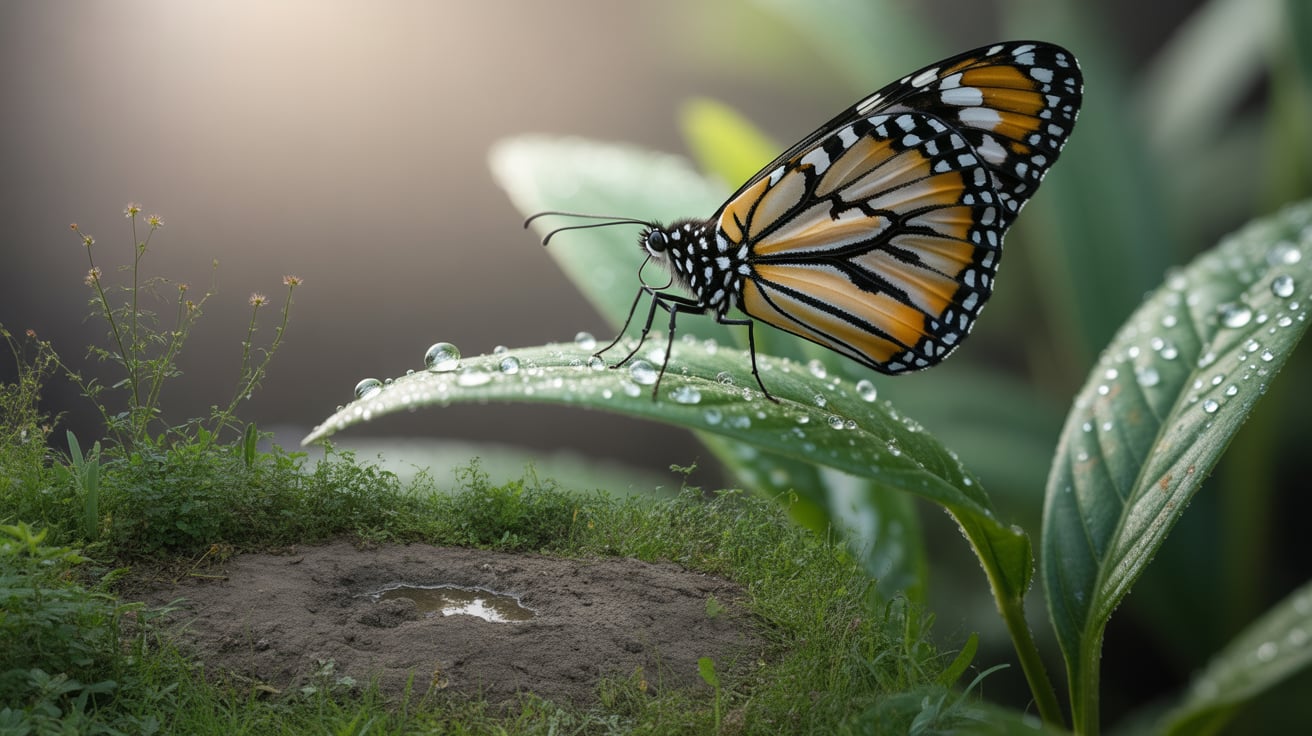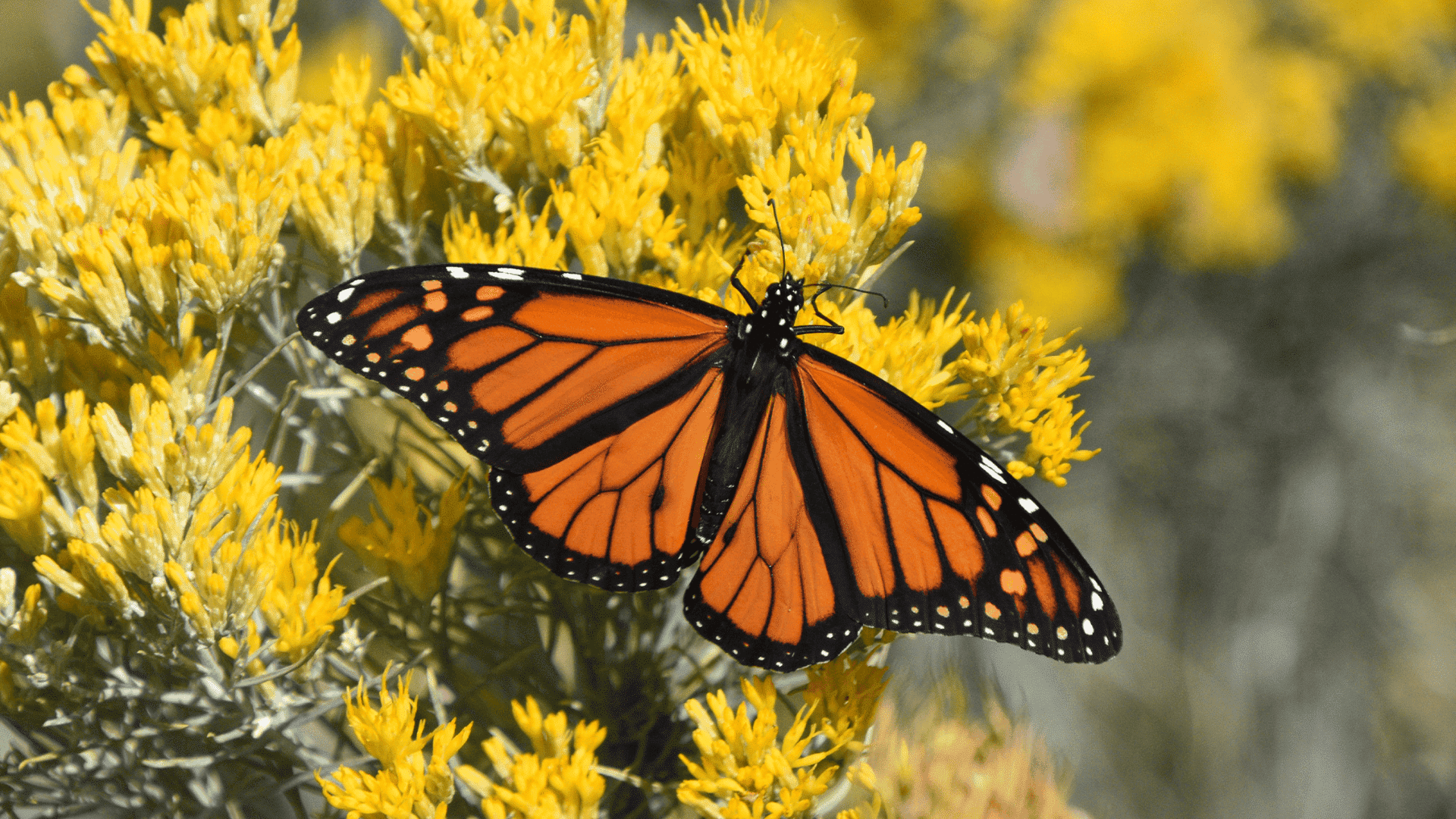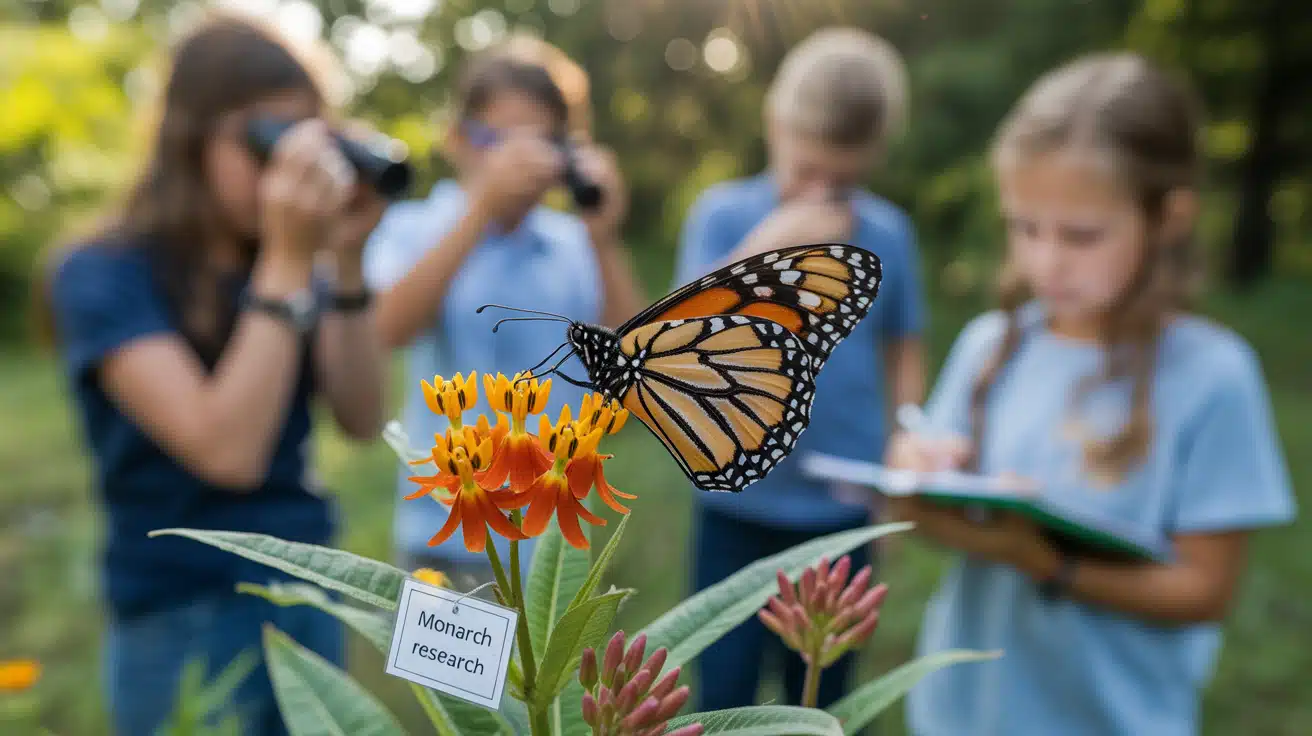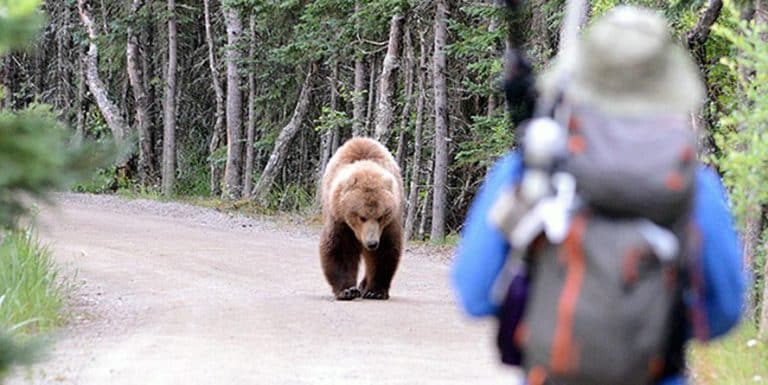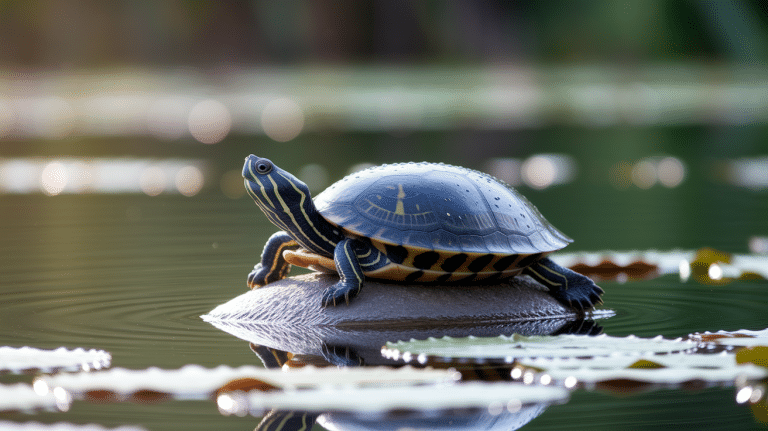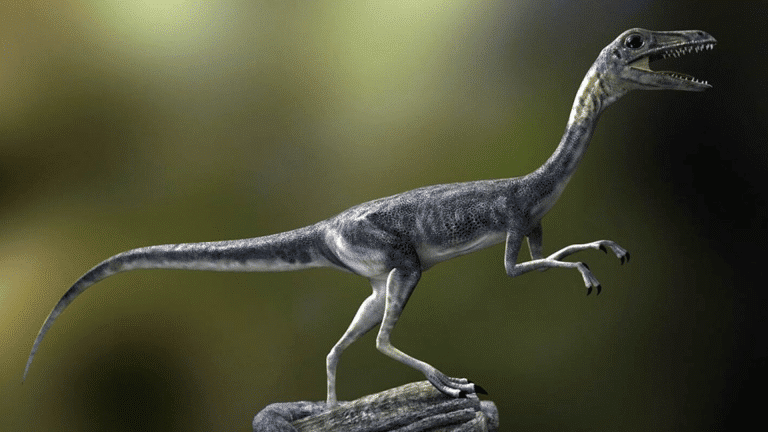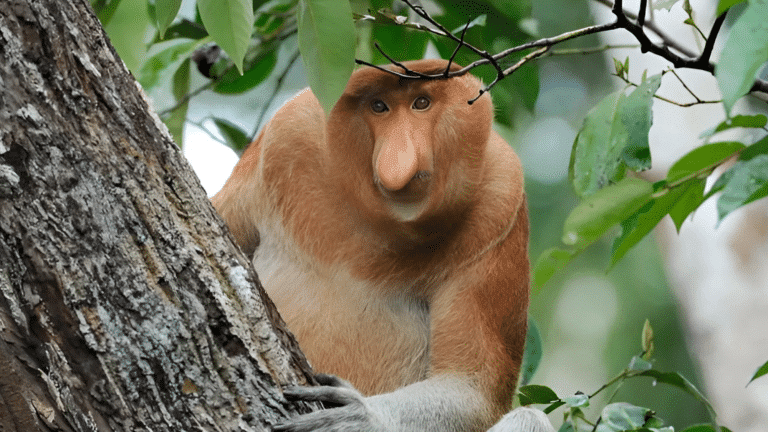Did you know that a butterfly weighing less than a paperclip can fly thousands of miles? That’s just one Incredible thing about monarch butterflies!
These orange and black beauties are among the most charming. Creatures on our planet. They go on incredible paths, change completely from caterpillars, and have some truly surprising skills.
You’ve likely chased monarchs through your backyard or spotted one resting on a flower. These butterflies have a way of catching our eye and making us smile.
In this blog, we’ll find out about the wonderful world of monarch butterflies. You’ll reveal facts that might surprise you about these peaceful insects.
Some of these facts might change how you see these common visitors to our gardens and parks.
What Makes Monarch Butterflies so Unique?
Monarch butterflies are amazing creatures with bright orange and black wings that travel thousands of miles across North America!
Their flashy colors aren’t just for show – they’re like a giant “DON’T EAT ME” sign to hungry birds and other animals.
These beautiful butterflies get their toxic power from eating milkweed plants as caterpillars. Male monarchs are bigger and have special black spots on their wings, while females have thicker black lines that make their wings look darker.
When a bird tries to eat a monarch, it gets sick and remembers to stay away from anything orange and black. Pretty smart for a butterfly, right?
38 Fun Facts About Monarch Butterflies
Learn about the extraordinary world of monarch butterflies and some of the most surprising and unique facts about them.
From their incredible migration to their role in various cultures, these tiny creatures continue to captivate our imaginations.
Fact 1 – Monarch Butterflies Can Migrate up To 3,000 Miles.
Each year, these tiny creatures undertake a remarkable path from Canada and the northern United States to central Mexico.
This incredible migration spans thousands of miles and is one of the longest and most fascinating in the insect world.
Fact 2- They Have a Unique Sense of Direction
Despite never having made the trip before, monarchs instinctively know where to go during migration.
Scientists believe they use a combination of the sun’s position and an internal biological clock to navigate southward in the fall and northward in the spring.
Fact 4- Their Bright Colors Are a Warning
The vivid orange and black wings of monarch butterflies serve as a natural warning to predators.
These colors signal that the butterfly is toxic due to the milkweed plant it consumes during its caterpillar stage, deterring birds and other predators from eating it.
Fact 5- Monarch Caterpillars Only Eat Milkweed
Milkweed is the sole host plant for monarch caterpillars. This plant not only provides them with food but also makes them poisonous to many predators.
Without milkweed, monarchs cannot complete their life cycle, making it vital for their survival.
Fact 6- They Go Through a Complete Metamorphosis
Like many butterflies, monarchs undergo four distinct life stages: egg, larva (caterpillar), pupa (chrysalis), and adult butterfly.
This conversion is one of nature’s most incredible processes, turning a crawling caterpillar into a fluttering adult.
Fact 7- A Single Monarch Weighs Less Than a Paperclip
Monarch butterflies are incredibly light, typically weighing less than half a gram.
Despite their delicate structure, they are strong enough to fly thousands of miles during migration, showcasing their incredible endurance.
Fact 8- Only The Fourth Generation Migrates to Mexico
The monarchs that make the epic trip to Mexico are the great-grandchildren of the ones that started the cycle earlier in the year.
This “Methuselah generation” lives much longer than the other three and is uniquely built for long-distance flight.
Fact 9- Monarchs Can Taste With Their Feet
Monarch butterflies have taste sensors on their feet, allowing them to determine if a plant is suitable for laying eggs. When a female lands on a plant, she taps it with her feet to detect the chemical composition.
Fact 10- They Can Flap Their Wings 5 to 12 Times per Second
During flight, monarchs beat their wings rapidly, enabling them to soar gracefully or power through wind currents. This constant motion gives them the lift needed to cover large distances.
Fact 11- They Can Glide For Long Periods
Monarchs don’t just flap; they can glide on wind currents for hours, conserving energy during their migration. This soaring ability helps them travel long distances without exhausting themselves.
Fact 12- Monarchs Have a Strong Sense of Smell
Although they don’t have noses, monarchs detect scents through their antennae. This sense helps them find nectar-rich flowers and the right kind of plants for egg-laying.
Fact 13- Their Wingspan Is About 3.5 to 4 Inches
Despite their small bodies, monarchs have fairly large wings for their size. This generous wingspan aids in their long-distance flying and gliding abilities.
Fact 14- They Are Cold-Blooded Insects
Monarchs cannot regulate their own body heat and rely on external temperatures. This is why they bask in the sun to warm up before flying and why they migrate to warmer climates in winter.
Fact 15- They Sleep in Clusters
During migration and overnight stops, monarchs rest in large groups on trees, sometimes with thousands clinging to a single branch. These clusters help them conserve warmth and provide protection in numbers.
Fact 16- They Can See Ultraviolet Light
Monarch butterflies have exceptional vision and can detect ultraviolet light, which helps them spot nectar-rich flowers that reflect UV patterns invisible to the human eye.
Fact 17- They Live for Only a Few Weeks, Except for One Generation
Most monarchs live just 2 to 6 weeks, but the migratory generation, born in late summer, can live up to 8 months. This longer lifespan allows them to make the full path south and part of the return trip north.
Fact 18- Predators Avoid Them Because They Taste Bad
Thanks to the milkweed they consume as caterpillars, monarchs accumulate toxins that make them taste awful to predators. Birds that try to eat a monarch often spit them out and avoid them in the future.
Fact 19- They’re Named After Royalty
Monarch butterflies were named in honor of King William III of England, whose title included “Prince of Orange,” fitting for the butterfly’s bright orange hue.
Fact 20- Some Monarchs Don’t Migrate
While most North American monarchs migrate, some populations in places like Florida and California don’t make the trip. These monarchs live in relatively stable climates and breed year-round.
Fact 21- Their Chrysalis Is a Work of Art
The monarch’s chrysalis is a pale green casing adorned with shimmering gold dots. This beautiful structure protects the developing butterfly during metamorphosis and is one of nature’s prettiest sights.
Fact 22: They Need Warm Air to Fly
Monarchs require temperatures of at least 55°F (13°C) to be able to fly. On cooler days, they must bask in the sun or wait until it warms up before taking off.
Fact 23- They’re Great Pollinators
While feeding on nectar, monarchs help pollinate a variety of wildflowers and plants. Their contribution supports biodiversity and healthy ecosystems.
Fact 24- They Use Thermals to Soar
Monarchs use rising warm air currents called thermals to glide effortlessly during migration, reducing the need for constant wing flapping and conserving energy.
Fact 25- Their Migration Is Tracked by Scientists and Students
Programs like Monarch Watch allow scientists and schoolchildren to tag and track migrating monarchs. These efforts help researchers study their routes and survival rates.
Fact 26- They Can Fly up To 100 Miles a Day
During migration, monarchs can cover an impressive 50 to 100 miles in a single day, depending on weather conditions and wind assistance.
Fact 27- They Are a Symbol of Conversion
Because of their dramatic metamorphosis, monarchs are often seen as symbols of change, hope, and personal growth in various cultures and belief systems.
Fact 28- Monarchs Have Been Found at Altitudes Over 10,000 Feet
While migrating through mountainous areas, monarchs have been recorded at elevations as high as 10,000 feet. This showcases their ability to survive and fly in thinner air.
Fact 29- They Prefer Certain Trees for Resting
During migration, monarchs often seek out specific types of trees like oyamel firs in Mexico and eucalyptus in California. These trees offer shelter and the right microclimate.
Fact 30- They’re at Risk Due to Habitat Loss
Monarch populations have declined significantly due to the loss of milkweed habitat and deforestation in overwintering sites. Conservation efforts are vital to their survival.
Fact 31- They Play a Role in Day of The Dead Celebrations
In Mexico, monarchs arrive around the time of Día de los Muertos. Many believe the butterflies represent the returning spirits of deceased loved ones.
Fact 32- They Don’t Drink Water Like We Do
Instead of drinking from lakes or rivers, monarchs sip dew or moisture from leaves and flowers. They also engage in “puddling,” where they drink from damp soil to absorb minerals.
Fact 33- Their Wings Act Like Solar Panels
The dark pigments in their wings help absorb sunlight and warm their bodies, acting like tiny solar panels to power their flight.
Fact 34- They Communicate Using Scent and Sight
Monarchs use their antennae and vision to find mates, locate flowers, and avoid danger. Males also release pheromones to attract females.
Fact 35- They Can’t Hear, but They Can Sense Vibration
Though they lack ears, monarchs can detect vibrations through their bodies. This helps them be aware of approaching threats or environmental changes.
Fact 36- NASA Studies Them
Monarch butterflies have even been part of space experiments. NASA has studied them in zero gravity to learn how metamorphosis functions in the absence of gravity.
Fact 37- They Are a State Insect
Several U.S. states, including Texas, Minnesota, and Illinois, have declared the monarch their official state insect, recognizing its beauty and ecological importance.
Fact 38- Monarchs Have a Fan Following
Enthusiasts, scientists, and school kids alike track, tag, and raise monarchs to help increase awareness and population numbers. They’re among the most beloved insects in the world.
Conclusion: Celebrating Monarchs
From their bright orange wings to their incredible 3,000-mile travels, monarch butterflies show us nature at its finest.
These small but mighty insects surprise us through their strength, complete change, and vital role in our world.
Monarch numbers decline due to habitat loss, weather changes, and harmful pesticides. Help by planting milkweed, creating butterfly habitats, and supporting conservation groups.
The monarch’s tale proves that even small creatures can accomplish great things. Their multi-generation trip across countries is truly one of nature’s wonders.
What will you do today to help these orange and black friends? Start by sharing what you’ve learned and join others working to keep monarchs flying free!

